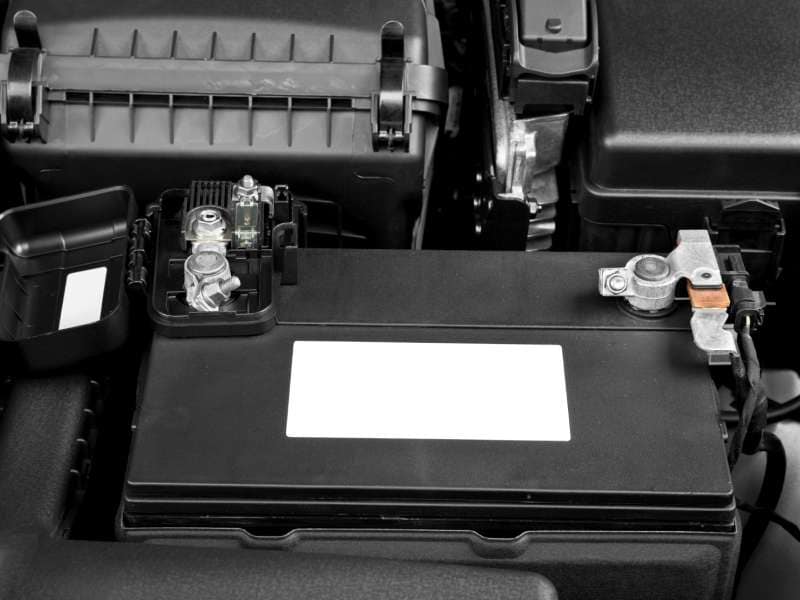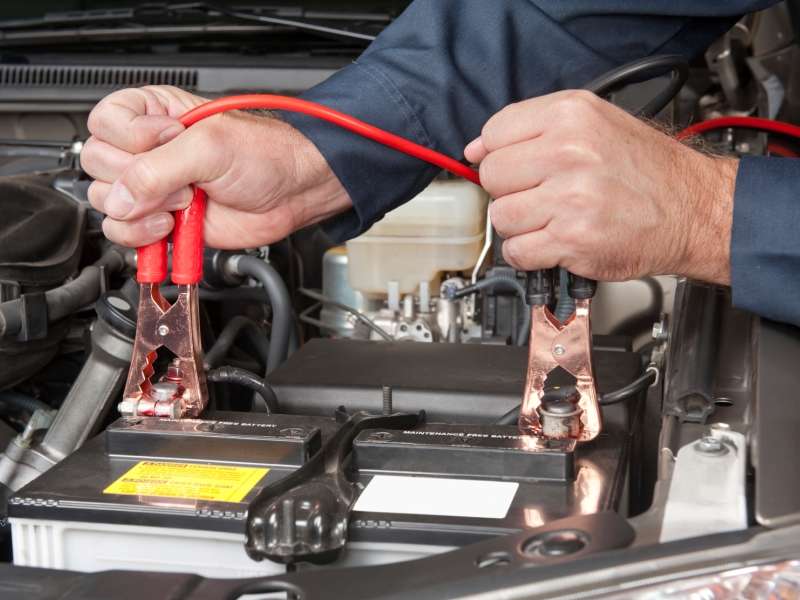Recent Articles
Popular Makes
Body Types
How To Change A Car Battery

If you regularly have to jump start your car or if it has been starting slowly, it may be time to consider replacing your car's battery. Before changing a car battery there are a few steps to take to ensure that it is the cause of the issue. If your car has a voltage gauge a fully charged battery should read around 12.6V with the engine off. If the voltage is low the battery may need to be charged or replaced. The gauge should be above 13.5V with the engine running, otherwise the alternator or charging system may not be functioning correctly. If your car doesn't have a voltage gauge you can use a multimeter or have a shop run the tests for you.
Car batteries are categorized into different groups based on their size and shape. It is important to use a battery from the proper group so that it will fit your car correctly. Batteries also come in different capacities, measured in amp-hours. Normally you should change a car battery with one of the same capacity, however there is usually no harm in using one with increased capacity.
If you have a battery saver, connect it at this point to save your radio presets and other settings following the instructions provided with the device. If you do not have a battery saver make sure that you have any PIN numbers required for the radio or other equipment in your car.
The battery is normally located under the hood, however in some cars it may be located in the trunk or under a seat. There will likely be a bracket holding the battery in place – normally these can be removed by undoing a couple of nuts or bolts. If you are unable to find the battery or remove the bracket the owner's manual should provide some helpful instructions.
The battery will have a positive (+) terminal (often with red markings) and a negative (–) terminal (often with black markings). Take note of which cable goes where as these cables must be reconnected correctly. Disconnect the negative cable first, followed by the positive cable, ensuring that the two cables do not come into contact with each other or the battery terminals. Also make sure that any tools you use do not create a bridge between the terminals or between a terminal and the car, as this can cause a short circuit or give you a shock.
You should now be able to remove the battery from the car, however take care as they are heavy and can weigh 30 to 60 pounds. Clean the battery cables on the car using sandpaper or a wire brush to ensure that they will make good contact. Place the new battery in the car in the same orientation as the old one. Reattach the positive cable to the positive terminal on the battery, and then reconnect the negative cable to the negative terminal. Resecure the battery with the retention bracket, making sure that the battery is snug. If you used a memory saver device, remove it now. With the new battery now installed the car should start nice and quickly.
